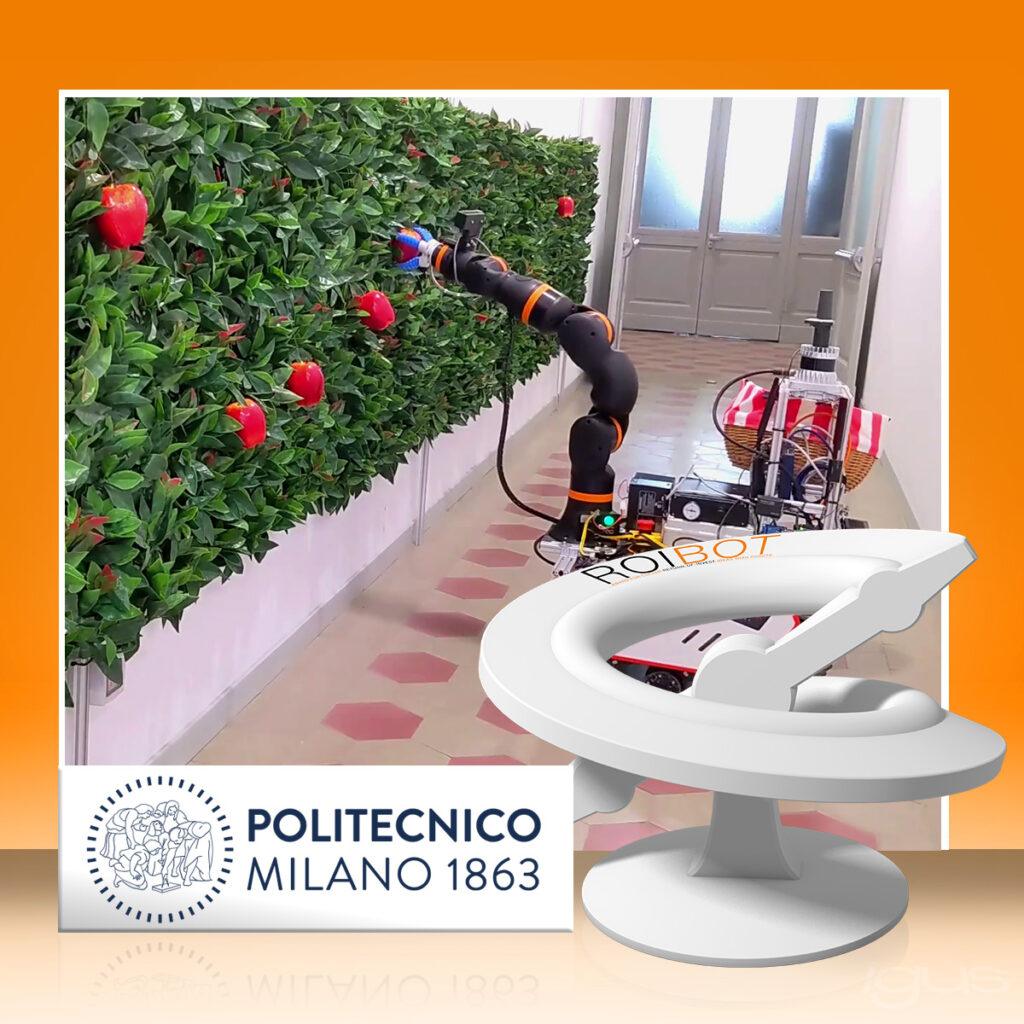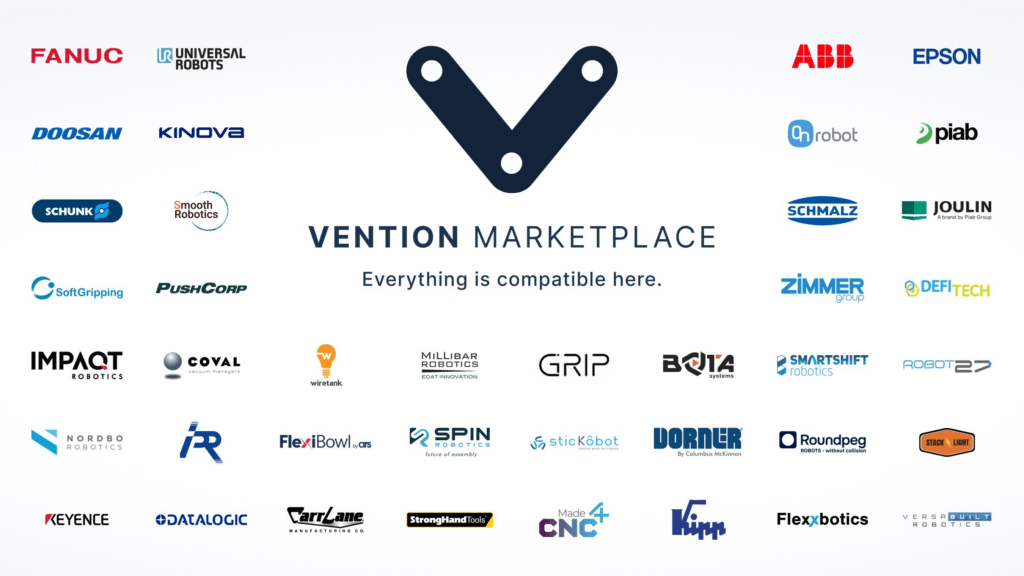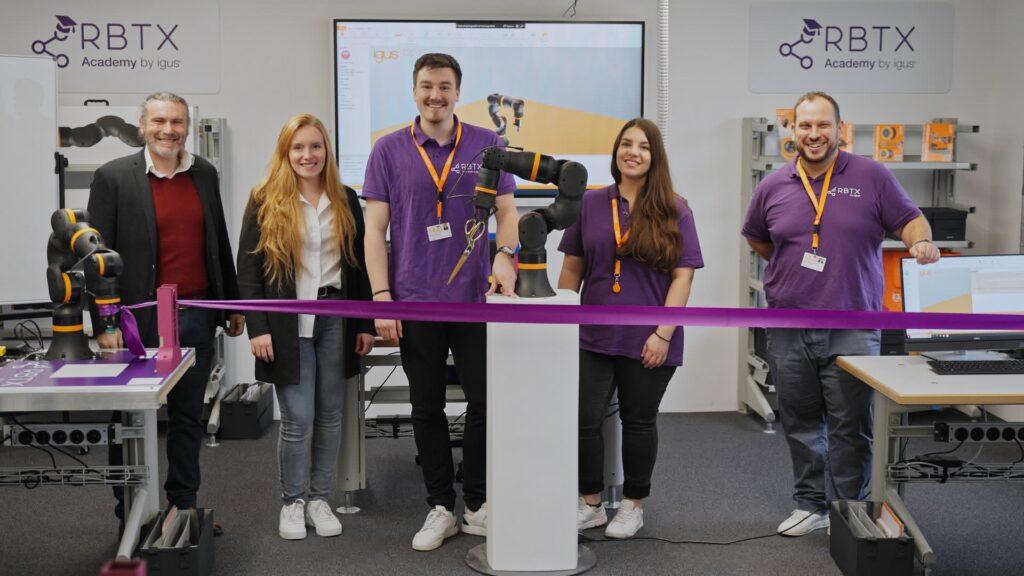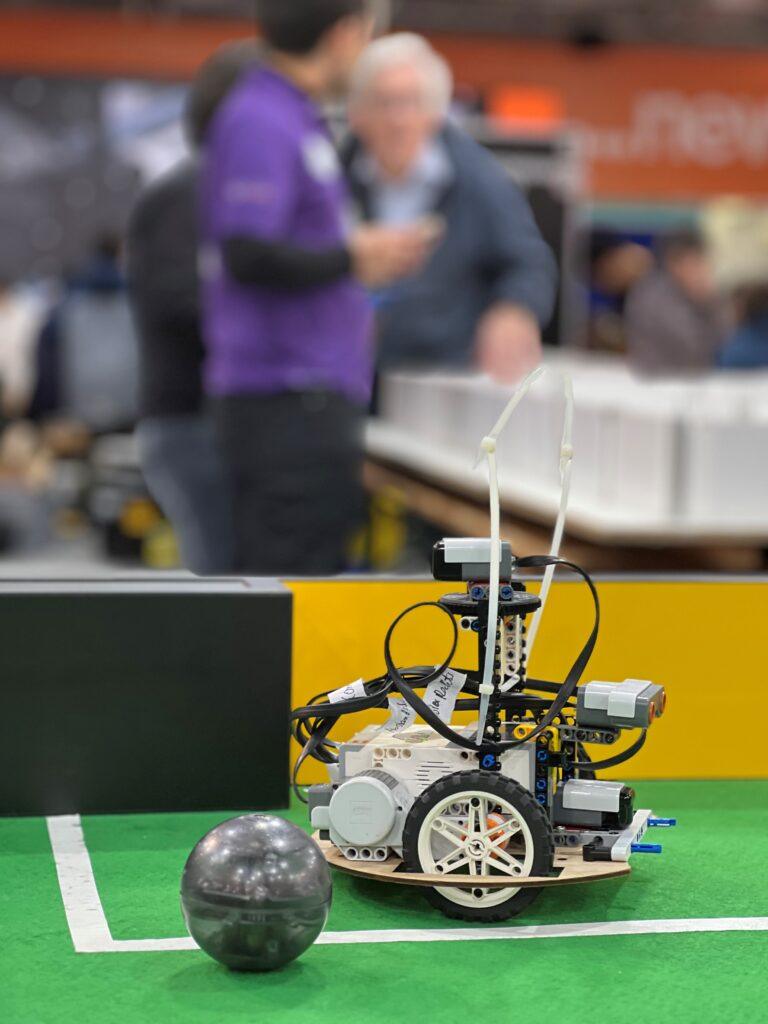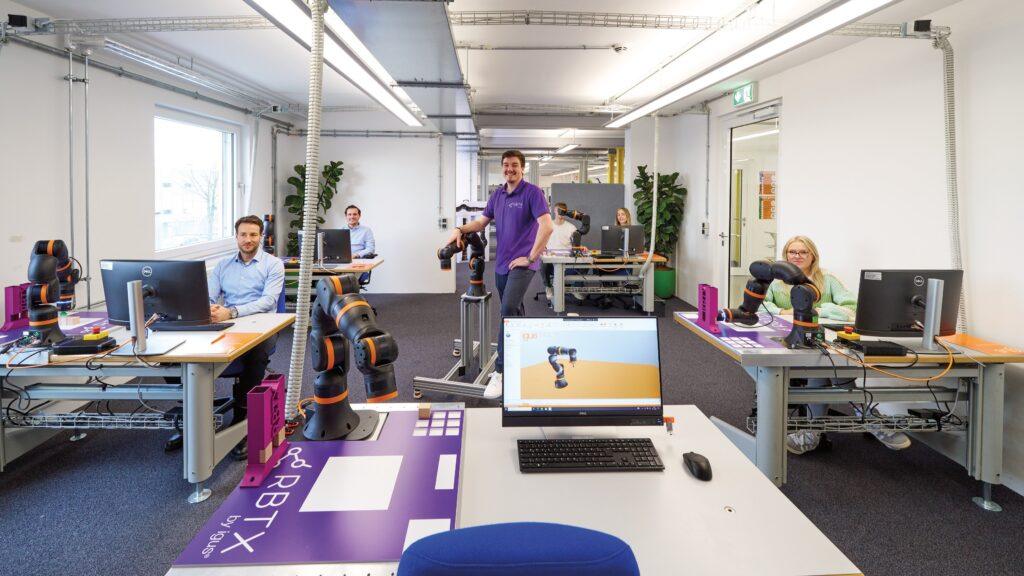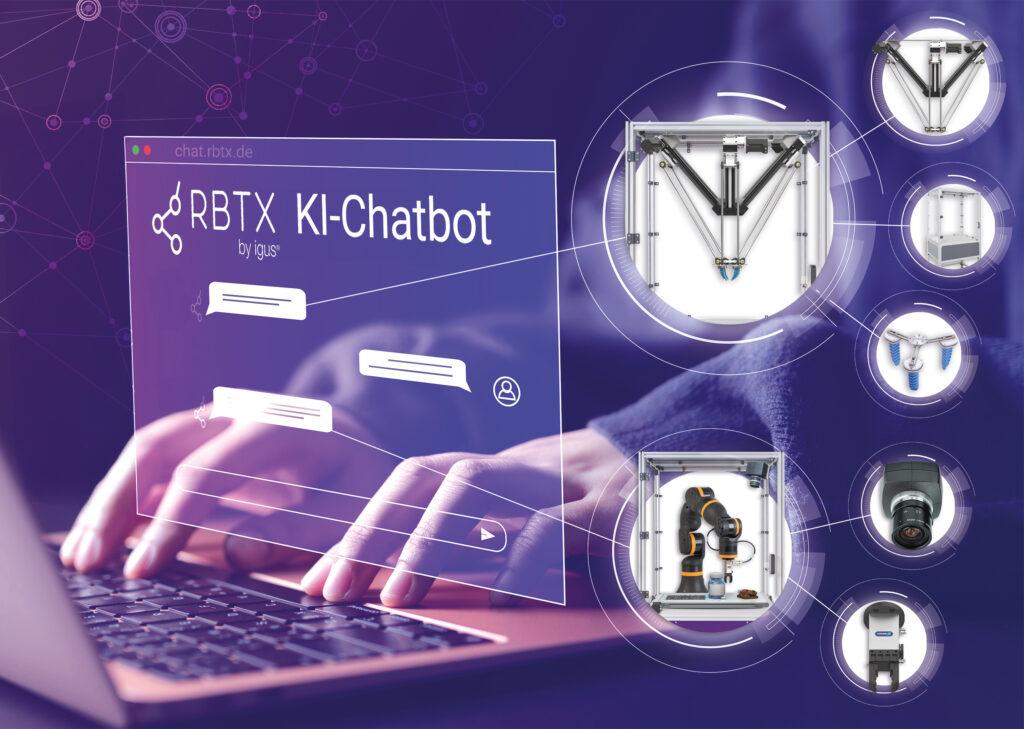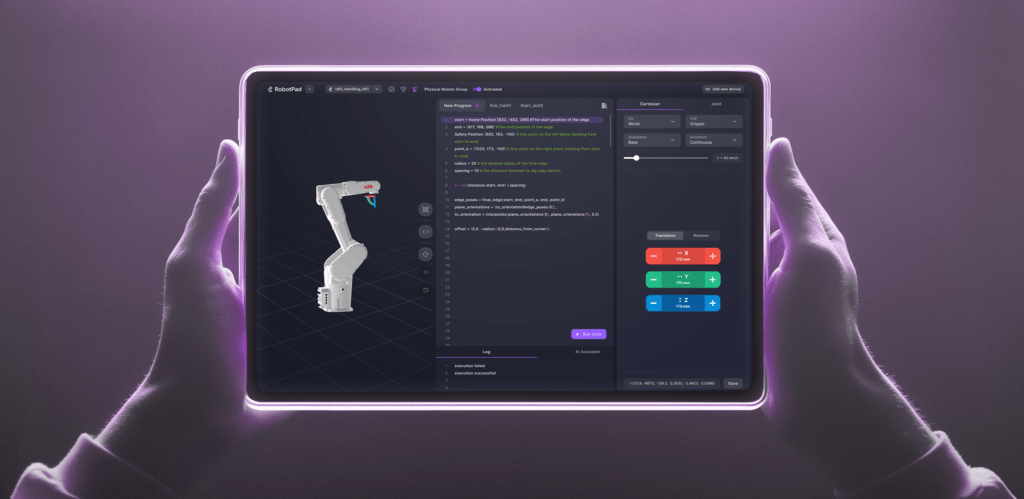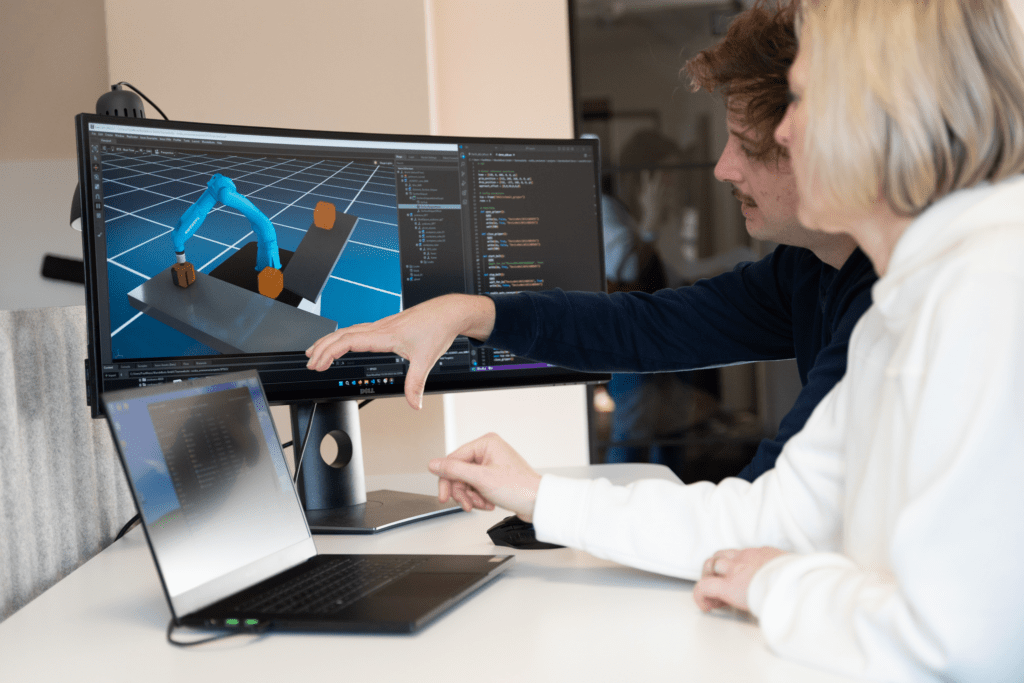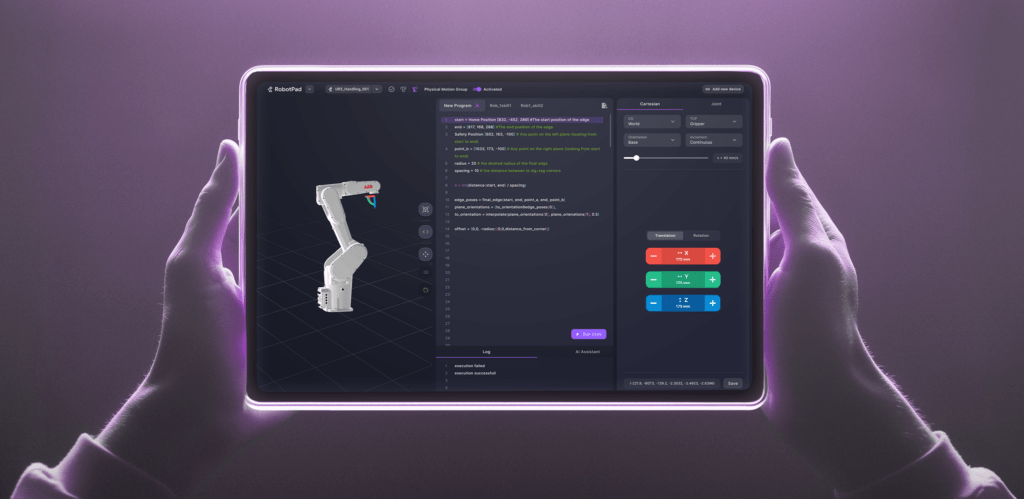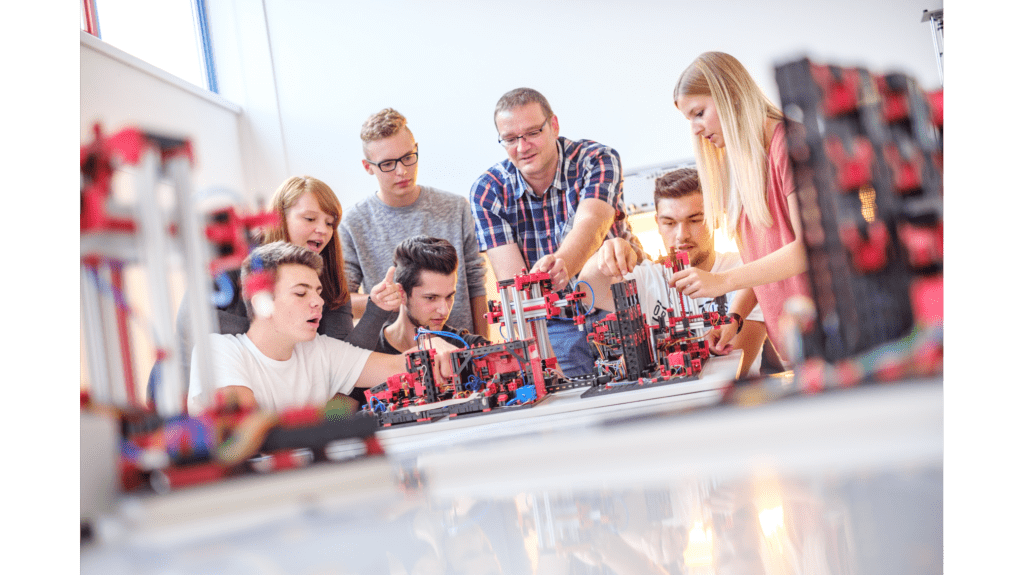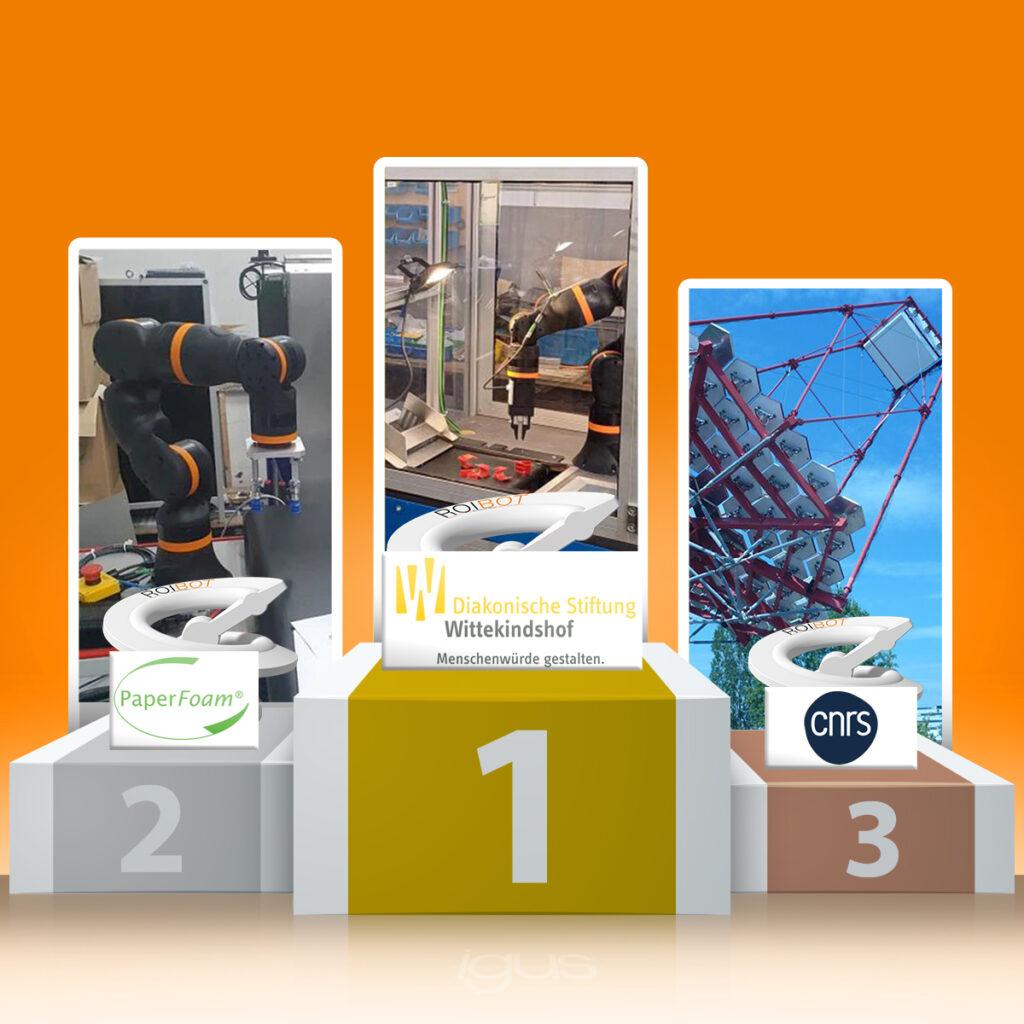
| Wittekindshofer Werkstätten realisieren behindertengerechten Arbeitsplatz mit Low-Cost-Roboter für 4.970 Euro Köln, 10. April 2025 – Daniel Hillebrand leidet an einer Tetraspastik, die eine kontrollierte Bewegung der Extremitäten unmöglich macht. Trotzdem kann er selbstbestimmt arbeiten – dank eines automatisierten Arbeitsplatzes, den die Diakonische Stiftung Wittekindshofer Werkstätten aus Bad Oeynhausen trotz engen Budgets mit einem Low-Cost-Roboter von igus realisiert hat. Für dieses kreative Inklusionsprojekt erhielt die Stiftung jetzt den ROIBOT Award. Der Wettbewerb zeichnet innovative und wirtschaftliche Automatisierungsprojekte aus, die mithilfe von igus Produkten erfolgreich umgesetzt wurden. Zu den weiteren Preisträgern zählen das niederländische Unternehmen Paperfoam, das französische Forschungsinstitut CNRS und die Universität Politecnico aus Mailand. Daniel Hillebrand sitzt im Rollstuhl und bewegt mit seinem Kinn einen Joystick. Damit steuert er einen Roboterarm, der Kunststoffbauteile sortiert. Mehrere Stunden pro Tag, ohne fremde Hilfe. „Daniel ist es gewohnt, in seinem Leben fast vollständig auf Hilfe angewiesen zu sein“, sagt Torsten Jeschke, Elektriker und Erzieher in den Wittekindshofer Werkstätten. „Dank der neuen Anlage kann er nun trotz seiner schweren Lähmung selbstbestimmt arbeiten.“ Das sei für ihn der Himmel auf Erden. „Der Roboter ist cool“, bestätigt Daniel Hillebrand. „Ich musste in die Technik erst reinkommen, aber mittlerweile läuft alles richtig gut. Am schönsten ist es, wenn der Sack nach langer Arbeit voll ist.“ „Ein Automationsprojekt, das für uns bei igus besonders ergreifend ist.“ Marktübliche Industrieroboter wären für die Wittekindshofer Werkstätten unerschwinglich und in der Steuerung zu komplex gewesen. Jeschke hat deshalb eine günstigere Lösung zusammengestellt, die sich ähnlich leicht bedienen lässt wie ein Computerspiel – mithilfe der Low-Cost-Robotik-Plattform RBTX von igus. Herzstück und Daniel Hillebrands Armersatz ist dabei der ReBeL, ein Gelenkarmroboter aus Hochleistungskunststoff für nur 4.970 Euro. igus hatte den ROIBOT-Wettbewerb zum mittlerweile dritten Mal ausgeschrieben, um Unternehmen und Organisationen auszuzeichnen, die mithilfe des RBTX-Marktplatzes besonders smarte und wirtschaftliche Automationsprojekte realisieren. Die Gewinner erhalten Gutscheine für Robotik-Hardware im Wert von bis zu 5.000 Euro. „Für uns ist es wirklich ergreifend zu sehen, wie es die Wittekindshofer Werkstätten geschafft haben, mit begrenzten finanziellen Ressourcen und dafür umso mehr Fantasie ein Automationsprojekt auf die Beine zu stellen, welches das Leben eines Menschen so sehr verbessert. Wir hoffen, dass sie den 5.000 Euro-Gutschein nutzen können, um in Zukunft noch weitere Projekte dieser Art umzusetzen“, sagt Alexander Mühlens, Leiter des Geschäftsbereichs Low-Cost-Automation bei igus und Schirmherr der ROIBOT Awards. igus selbst hat die Good Work Charter des Verband Deutscher Maschinen- und Anlagenbauer unterschrieben und sich damit dem positiven Beitrag von Robotik zur Gesellschaft verpflichtet. Die Charta betont, dass Robotik und Automatisierungstechnologien nicht nur die Produktivität steigern, sondern auch das Leben der Menschen verbessern können, indem sie Arbeitsbedingungen optimieren und neue Möglichkeiten schaffen. Die weiteren Preisträger: Roboterkomponenten für die Qualitätssicherung, Astroteilchenphysik und automatisierte Obsternte Platz zwei und 2.500 Euro für Robotik-Hardware gehen an Paperfoam. Die niederländische Firma hat den Gelenkarmroboter ReBeL von igus mit einer Kamera ausgestattet, um ihre biobasierten und recycelbaren Verpackungen stichprobenweise auf Produktionsfehler zu prüfen. Die Lösung reduziert die körperliche Belastung der Mitarbeiter und erhöht gleichzeitig die Qualität der Produktion. Über Platz drei und 1.000 Euro freut sich das französische Forschungsinstitut Centre national de la recherche scientifique (CNRS) für die Entwicklung einer Kalibriervorrichtung eines Teleskops für die Astroteilchenphysik. Durch den Einsatz von schmierfreien Linearachsen von igus erreichen die Konstrukteure eine hohe Präzision und Wartungsfreundlichkeit. Der Sonderpreis für Bildungseinrichtungen und ebenfalls 1.000 Euro gehen an die wissenschaftliche-technische Universität Politecnico in Mailand. Sie hat mit dem ReBeL Roboterarm einen mobilen Manipulator konstruiert, der die Obsternte durch Automatisierung effizienter und weniger arbeitsintensiv gestaltet. „Die Gewinner beweisen, dass Automation heute nicht mehr nur eine Frage des Geldes ist“, so Mühlens abschließend. „Auch mit kleinen Budgets und Kreativität lassen sich wirtschaftliche Automationslösungen mit einem schnellen Return on Invest realisieren. Wir freuen uns schon darauf weitere spannende und kostengünstige Automatisierungsprojekte beim nächsten ROIBOT Award kennenzulernen.“ Erfahren Sie mehr über den ROIBOT Award und die Gewinner auf: https://www.igus.de/automation/service/gewinner-roibot |
